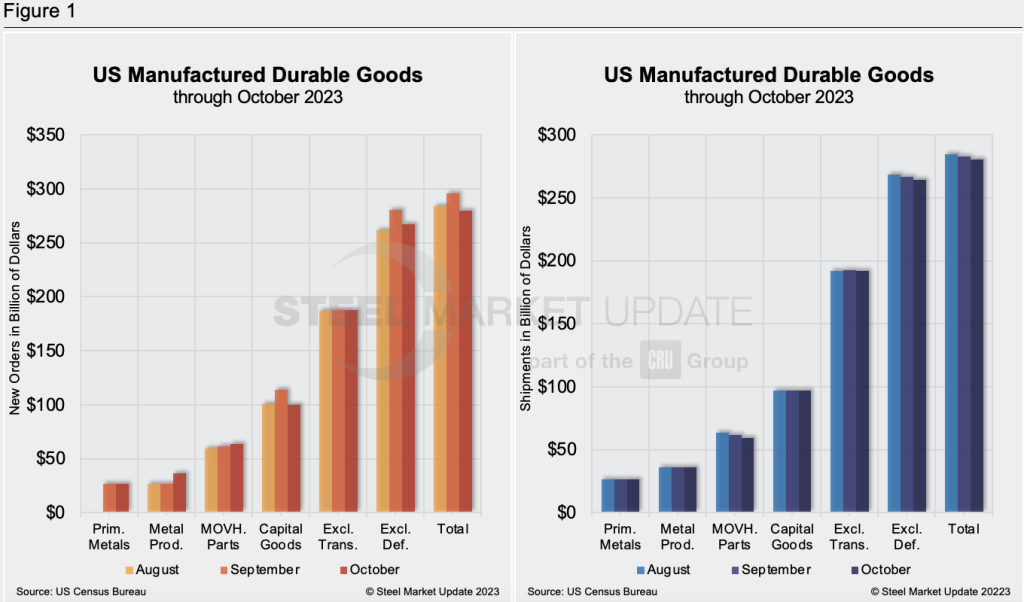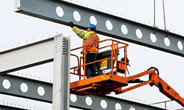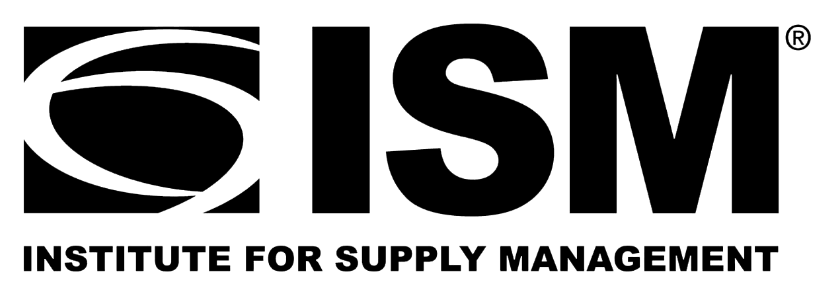Economy
Durable goods orders slip in October
Written by Ethan Bernard
November 22, 2023
New orders for manufactured durable goods fell in the US in October.
The US Census Bureau said on Wed., Nov. 22, that October new orders fell 5.4%, or $16.0 billion, to $279.4 billion from the previous month. This comes on the heels of a 4% September increase.
Excluding transportation, new orders were “virtually unchanged,” Census said. Transportation includes non-steel-intensive items such as aircraft. And excluding defense, new orders dropped 6.7% month over month to $261.6 billion.
Transportation equipment, also down three of the last four months, drove the decrease, Census said.
New orders for primary metals decreased by 0.5% to a seasonally adjusted $26.46 billion in October from September’s $26.60 billion. Fabricated metal products orders inched up 0.4% month on month to $36.5 billion from $36.37 billion.
Click here for more detail on the October advance report from the US Census Bureau on durable goods manufacturers’ shipments, inventories, and orders. See also Figure 1 below.


Ethan Bernard
Read more from Ethan BernardLatest in Economy

New York state manufacturing index drops again in April
Firms were pessimistic, with the future general business conditions index falling to its second lowest reading in the more than 20-year history of the survey

Construction adds 13,000 jobs in March
The construction sector added 13,000 jobs, seasonally adjusted, in March, but tariffs could undermine the industry.

Supply chains, end-users brace for impact from tariffs
Supply chains are working through what the tariffs mean for them

ISM: Manufacturing expansion loses steam after two months of growth
US manufacturing activity slowed in March after two straight months of expansion, according to supply executives contributing to the Institute for Supply Management (ISM)’s latest report.

Chicago Business Barometer rose to 16-month high in March
The Chicago Business Barometer increased for the third-consecutive month in March. Despite this, it still reflects contracting business conditions, as it has since December 2023.
